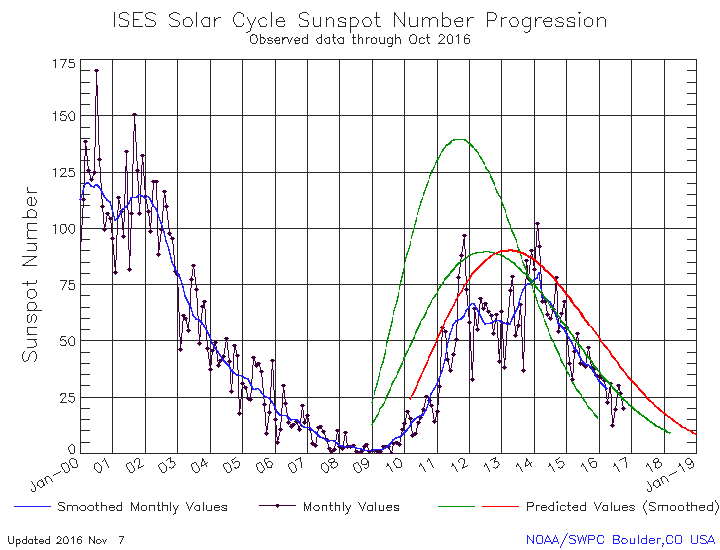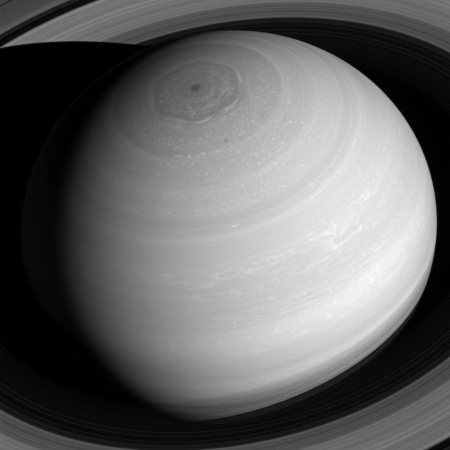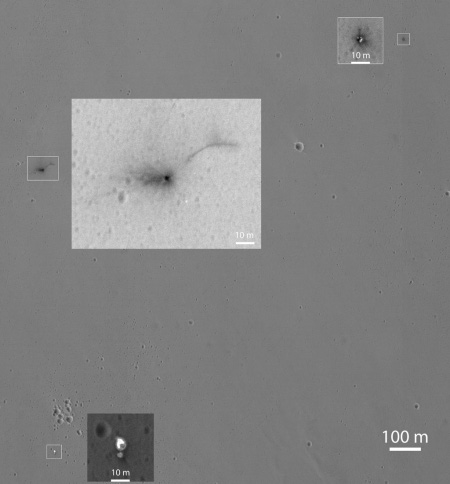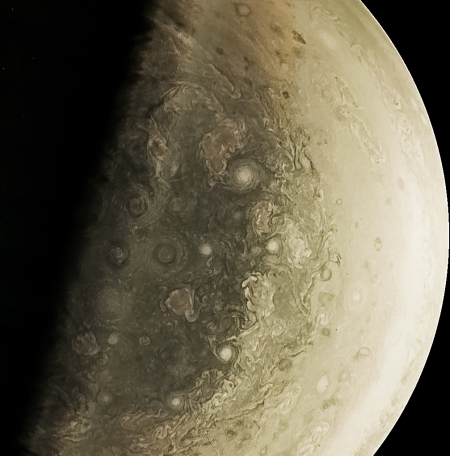Scientists puzzle over possible connection between a fast radio burst and a gamma ray burst
The uncertainty of science: In trying to explain the relatively new mystery of fast radio bursts (FRB), of which only about 20 have been detected and of which very little is known, scientists are intrigued by a gamma ray burst (GRB) that apparently occurred at the same time and place of one FRB.
Seeing the FRB event in a different wavelength would normally help astronomers better understand the FRB The problem is that this particular GRB only makes the mystery of FRBs more baffling.
One puzzle is that the two signals portray different pictures of the underlying source, which seems to be as much as 10 billion light years (3.2 gigaparsecs) away. Whereas the radio burst lasted just a few milliseconds, the γ-ray signal lasted between two and six minutes, and it released much more energy in total than the radio burst. “We’ve pumped up the energy budget more than a billion times,” says study co-author Derek Fox, an astrophysicist at Penn State.
This has big implications for the FRB’s origin. One leading theory suggests that FRBs are flares from distant magnetars — neutron stars with enormous magnetic fields that could generate short, energetic blasts of energy, and do so repeatedly, as at least one FRB is known to do. Although magnetars are thought to produce γ-rays, they would not emit such high energy and over such a long time, says Fox. “This is a severe challenge for magnetar models,” he says.
The uncertainty of science: In trying to explain the relatively new mystery of fast radio bursts (FRB), of which only about 20 have been detected and of which very little is known, scientists are intrigued by a gamma ray burst (GRB) that apparently occurred at the same time and place of one FRB.
Seeing the FRB event in a different wavelength would normally help astronomers better understand the FRB The problem is that this particular GRB only makes the mystery of FRBs more baffling.
One puzzle is that the two signals portray different pictures of the underlying source, which seems to be as much as 10 billion light years (3.2 gigaparsecs) away. Whereas the radio burst lasted just a few milliseconds, the γ-ray signal lasted between two and six minutes, and it released much more energy in total than the radio burst. “We’ve pumped up the energy budget more than a billion times,” says study co-author Derek Fox, an astrophysicist at Penn State.
This has big implications for the FRB’s origin. One leading theory suggests that FRBs are flares from distant magnetars — neutron stars with enormous magnetic fields that could generate short, energetic blasts of energy, and do so repeatedly, as at least one FRB is known to do. Although magnetars are thought to produce γ-rays, they would not emit such high energy and over such a long time, says Fox. “This is a severe challenge for magnetar models,” he says.







